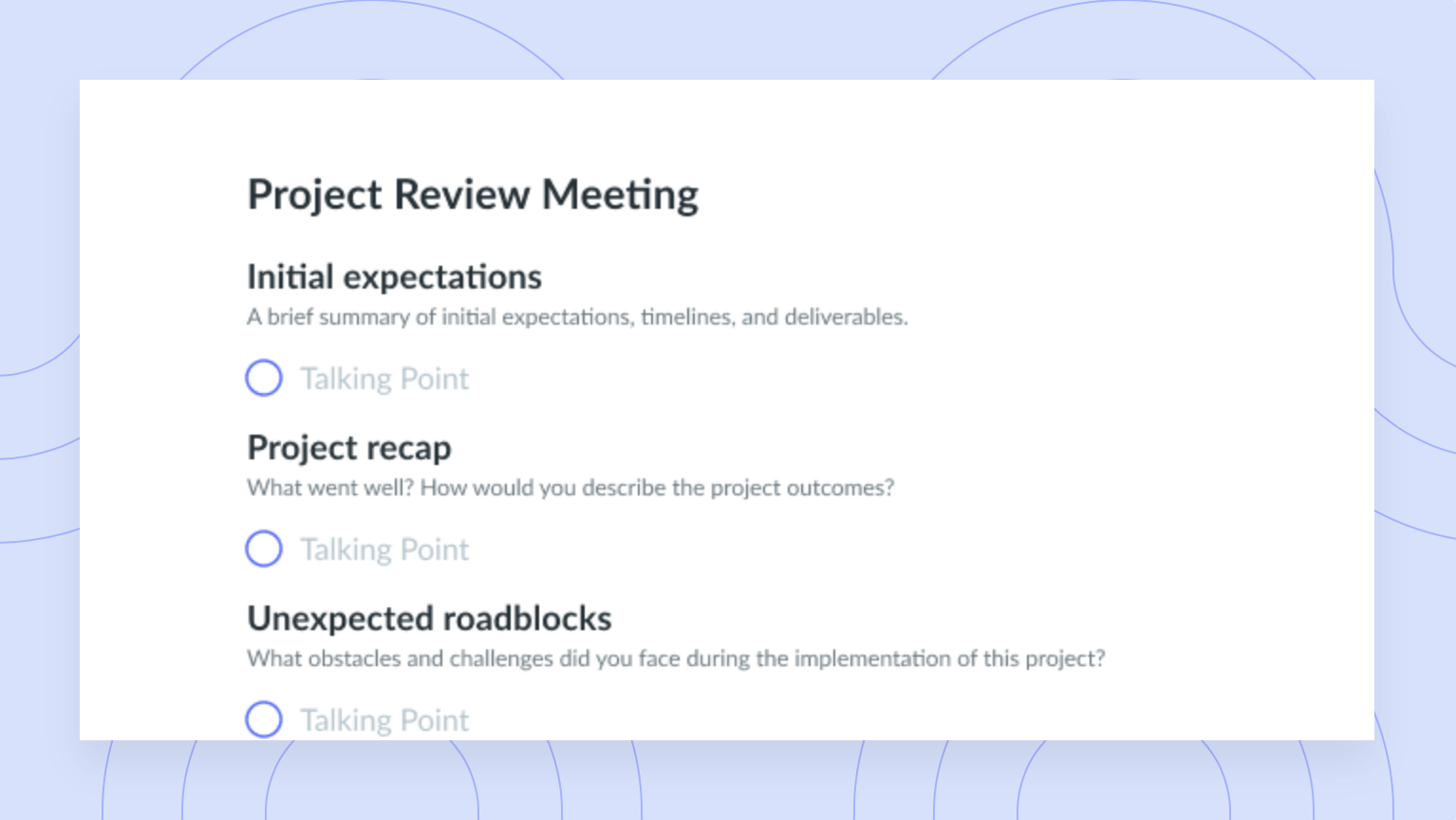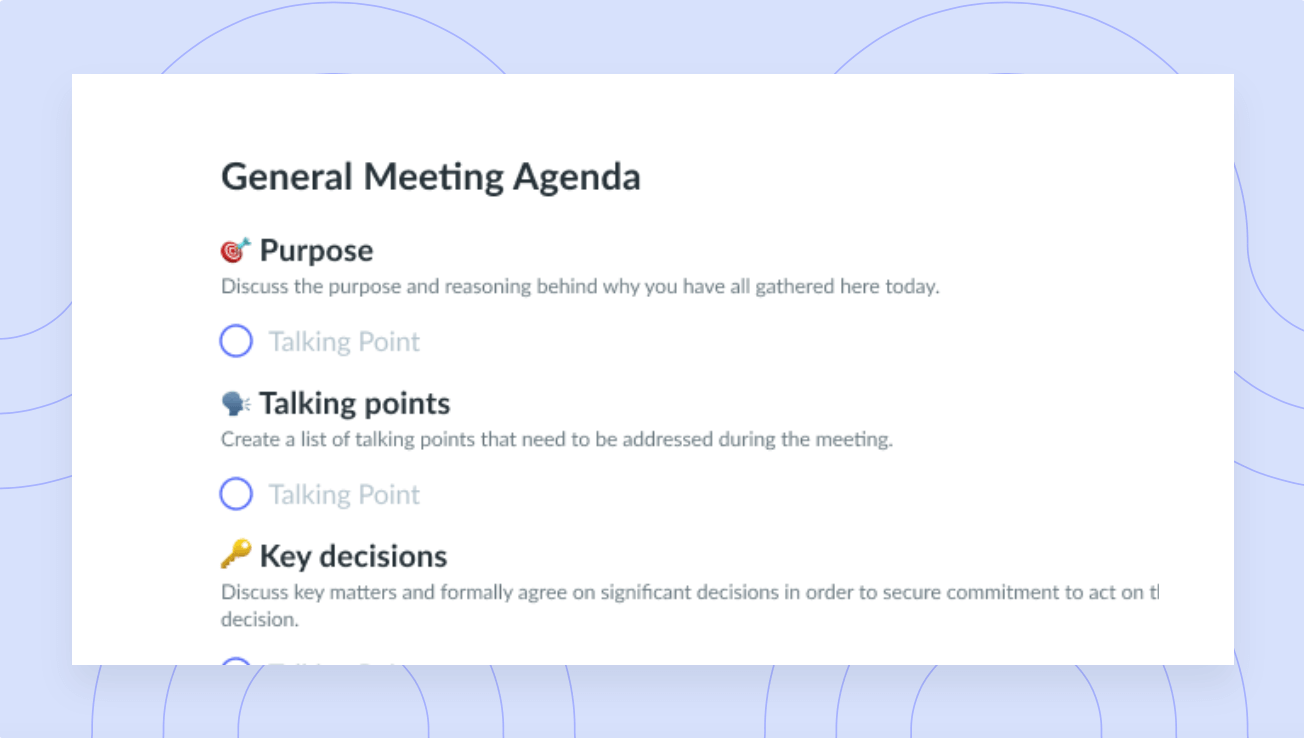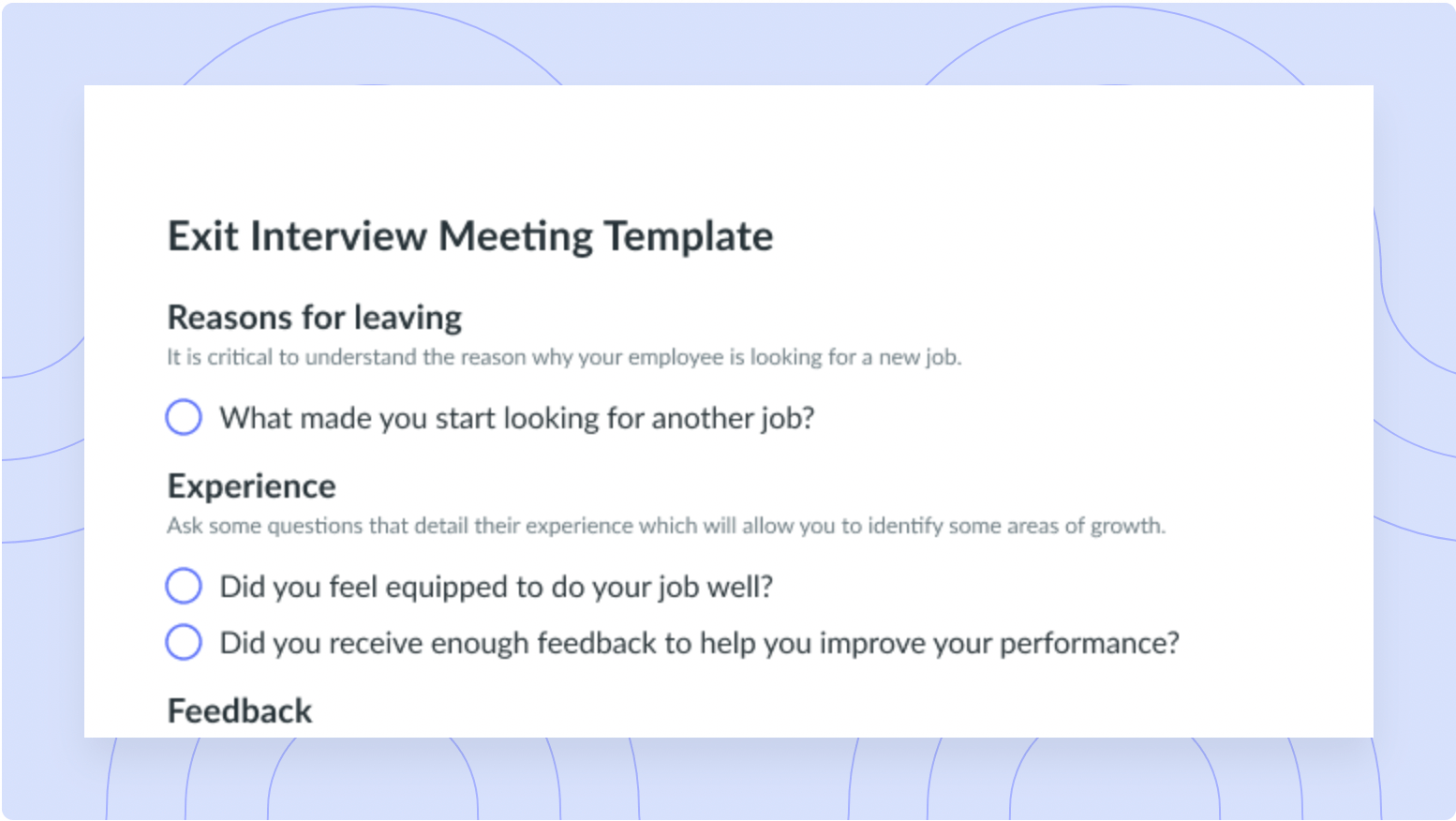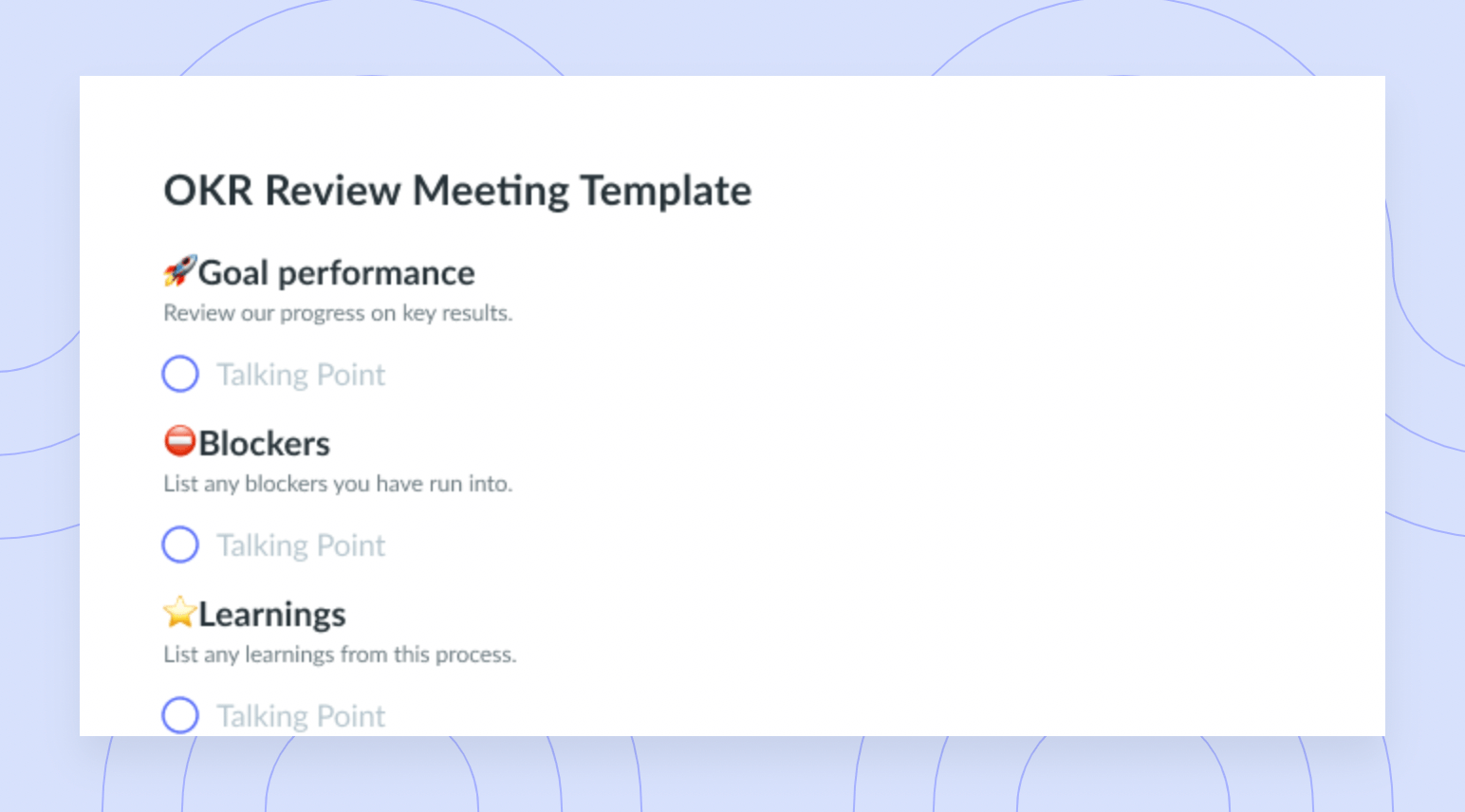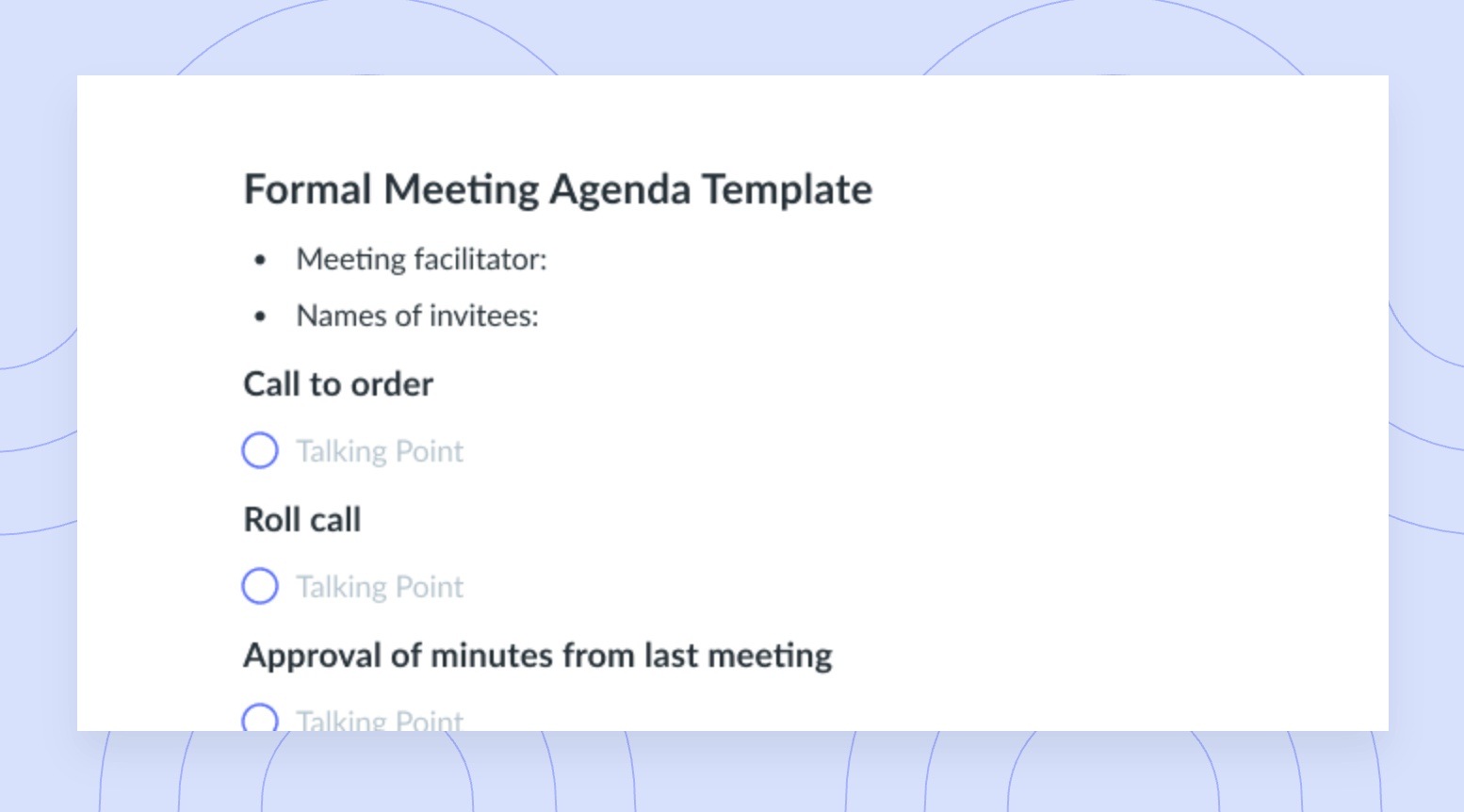Best Practices and Tips for CEO Succession Planning
CEO succession planning is a strategy that determines who will replace the CEO. Learn why this plan is important and how to prepare one.
There are many elements to ensuring a company has long-term success.
For example, hiring productive and high-performing employees is a must. So is having a product that is unique within a specific industry.
And while many companies have those two traits, not every company can answer the question, “What happens if our CEO steps down tomorrow?” And for that, you need a CEO succession plan ready if your business wants to have a bright future.
- What is CEO succession planning?
- Why is CEO succession planning important?
- Common reasons for CEO succession
- The role of the board of directors in CEO succession planning
- Best practices for CEO succession planning
- Tips for effective succession planning
- Challenges with CEO successions
What is CEO succession planning?
CEO succession planning is a strategy that determines who will replace the chief executive officer (CEO) in the event they retire or resign. This strategic planning succession is necessary for any type of organization, especially one with a CEO or other executive leaders.
Since a CEO is often the face of the company, their departure can significantly impact a company’s bottom line, in addition to employee morale, retention, and productivity.
Why is CEO succession planning important?
The succession planning process is incredibly important, whether your company is a startup or a major public organization.
For starters, it ensures there’s a plan in place for several foreseen and unforeseen circumstances, such as the death or illness of the current CEO. Additionally, when the board and leadership team plan for managing the transition, they can vet the potential leaders from top to bottom. This includes everyone’s strengths, weaknesses, and achievements. Having this list ready ahead of time makes for a smoother transition.
Additionally, adequate CEO succession planning can significantly impact a company’s growth and development. In the case of the CEO leaving the organization with very little notice, this plan reduces the levels of uncertainty and stress while propelling the company in the right direction as soon as possible. Instead of scrambling to find a successor, there’s organizational stability, and everything can continue to run smoothly.
Succession planning also has benefits from the employee’s standpoint. Since everyone wants to work for a company that is committed to growth and has a bright future ahead, when employees are made aware of a solid succession plan, they’ll have confidence that the company is headed in the right direction under leadership they can trust.

Managing a team?
Take control of your team meetings by having collaborative meeting notes and encouraging accountability with action items. Try a tool like Fellow!

Common reasons for CEO succession
CEO succession can take place for several reasons. The most common are:
- The current CEO has decided to retire
- The current CEO has decided to resign
- The current CEO falls ill and/or passes away
- The current CEO has been fired, separated from the company by their own accord, or is no longer needed
- The company is transitioning to a new business model
The role of the board of directors in CEO succession planning
Typically, it’s up to the board of directors to make CEO succession plans. In some cases, the executive leadership team, especially the chief human resources officer (CHRO), will also step in to assist in the plan for the outgoing CEO.
These individuals are responsible for ensuring they select suitable candidates for top roles at the company. They should identify, evaluate, and interview potential successors for future roles inside and outside the organization. These successors can be both external candidates and internal candidates.
Best practices for CEO succession planning
When enacting CEO succession planning, there are five best practices that organizations should keep in mind.
- Think long term
- Have a documented plan with a timeline and process
- Regularly review data and performance
- Offer mentorship programs
- Include the CEO in the process
1Think long term
At any organization, there are short-term plans and long-term plans—and succession planning should be a long-term one. Thinking long-term means that this plan should be more strategic and be implemented when you want to accomplish something in the future.
CEO succession planning shouldn’t be made on a whim. It requires a strategy in place that is made through lots of consideration. Long-term goals are usually planned a year or more in advance, and since sometimes you may not know a CEO is planning to step down too far in advance, having the plan ready is crucial.
2Have a documented plan with a timeline and process
Succession planning is about crossing your t’s and dotting your i’s, so having a comprehensive plan with a timeline and the necessary process will ensure a seamless transition from one CEO to another.
For this best practice, using a tool like Fellow is in your best interest. Doing so ensures succession planning is on the agenda for meetings with the board and other stakeholders, and you can document decisions, questions, and feedback all in one place. This especially comes in handy when succession planning does need to take place and you need to reference conversations and discussion points that took place in the past.
3Regularly review data and performance
If you’re leaning towards the next CEO being someone internal, then it’s best to review data around performance for these employees. This ensures you can better understand who is genuinely excelling and has the potential to move up in the company.
When an organization carries out continuous performance management, employees aren’t waiting for their mid-year or annual performance review to get feedback. Instead, this feedback is given consistently and often in real-time. This method is also effective because it may spotlight a team leader, manager, or director who is excelling and would be a great candidate for a successor that may not have been considered before.
4Offer mentorship programs
Another best practice to consider is to mentor future leadership candidates with specific mentorship programs. Doing so will ensure candidates feel prepared to take on the role before it occurs, and once they do, they know what to expect, how to communicate with top executives, and how to be involved with the board.
In these programs, high-potential candidates may take on stretch projects to develop or test specific skills. As a mentor, the CEO can help prepare a protégé for such an esteemed leadership role by providing guidance, support, and advice. Not only will this ensure candidates have the skills necessary, but candidates can also determine if they want to be the CEO’s successor.
5Include the CEO in the process
If possible, the current CEO should be looped into succession planning. It’s up to them to ensure all necessary details are in place for the succession. They should be part of the conversation where a shortlist of internal or external candidates is determined since they should do everything possible to ensure the successor is ready and fully prepared when the time comes. The CEO can also mentor the CHRO since they’ll be in charge of overseeing candidate development plans.
While talking to the CEO about who may replace them can feel awkward, it can be less uncomfortable when this topic is part of a routine conversion, and the current CEO feels involved throughout the entire process.
Tips for effective succession planning
Keep these tips in mind for effective succession planning.
- Involve key stakeholders: Succession planning is something you want important voices involved in, so be sure to loop in key stakeholders to get all necessary thoughts and opinions.
- Start early: In the event of a sudden departure or health crisis, companies may have very little time to choose a CEO successor. To avoid scrambling and last-minute decisions, start succession planning early to ensure the right person for the job is chosen.
- Encourage continuous learning: Successor candidates need room to grow and expand their skill sets with continuous learning to see success as the new CEO.
- Communicate clearly: The sooner the conversation starts about CEO succession planning, the better! The last thing anyone wants is to have to choose a successor at the 11th hour. The current CEO and the board should start communicating early plans for succession, even if it’s not in the foreseeable future.
Challenges with CEO successions
CEO succession planning does have some challenges to consider, too. Businesses may struggle to decide who should be next in line in CEO successions if:
- The board of directors isn’t prepared
- There is indecisiveness surrounding who to promote
- There are a limited number of qualified candidates
- Gathering enough information on external and internal candidates is difficult
- The candidates all have different leadership styles
- The candidates are unfamiliar with company practices
- The CEO doesn’t wish to be involved in succession planning
It’s good to have a plan
Whether your company’s CEO steps down tomorrow or in five years, succession planning can ensure the organization’s long-term success. The last thing anyone wants is a last-minute scramble to find the new CEO, only for that candidate to be thrown into the role without any preparation or advance notice.
Start preparing future leaders of your company today so someone is qualified and ready to take on the responsibilities if the CEO leaves or can’t continue working.











